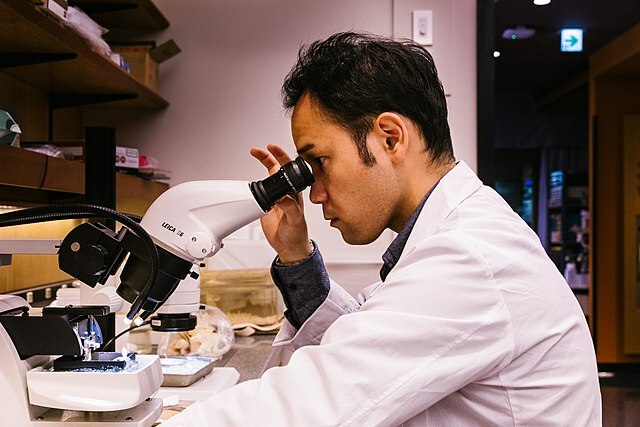Preston Cooper explains for the Martin Center how scuba diving instruction could inform college professors.
Scuba diving ought to be very dangerous. Recreational diving involves submerging to depths of up to 60 feet. If something goes wrong at that depth, a quick return to the surface is not an option. Ascending to the surface too quickly will cause decompression sickness, which can be deadly. The diver needs to solve any problems beneath the surface, where human beings are out of their element.
Yet scuba diving is actually quite a safe sport. Divers have a fatal accident about as often as joggers. The reason is that everyone who goes scuba diving must be certified, and certification requires completing a three-day course.
The certification process couldn’t be more different from traditional higher ed. When a life is on the line, the material must be accessible and memorable. Not so for a college class.
In a typical college class, students do readings and homework, then show up to a lecture hall (or Zoom meeting) and listen to a professor drone on for an hour at a time. If a student doesn’t understand the material, the class moves on and the hapless student must teach themselves or fall behind. At the end of the semester, students spend late nights in the library cramming, then regurgitate everything they’ve “learned” out again on a final exam that may count for 80 percent of their grades.
After the course is over, the knowledge may fall out of students’ heads before they leave for summer vacation. The problem is that, unlike scuba certification, traditional higher education doesn’t prioritize a teaching method that ensures students will retain information.
I recently received my certification as a PADI Open Water Diver in Cozumel, Mexico. The three-day course I took was about as far from a typical college class as one can imagine. The critical difference was not the subject matter, but the way in which instructors imparted knowledge to students.


